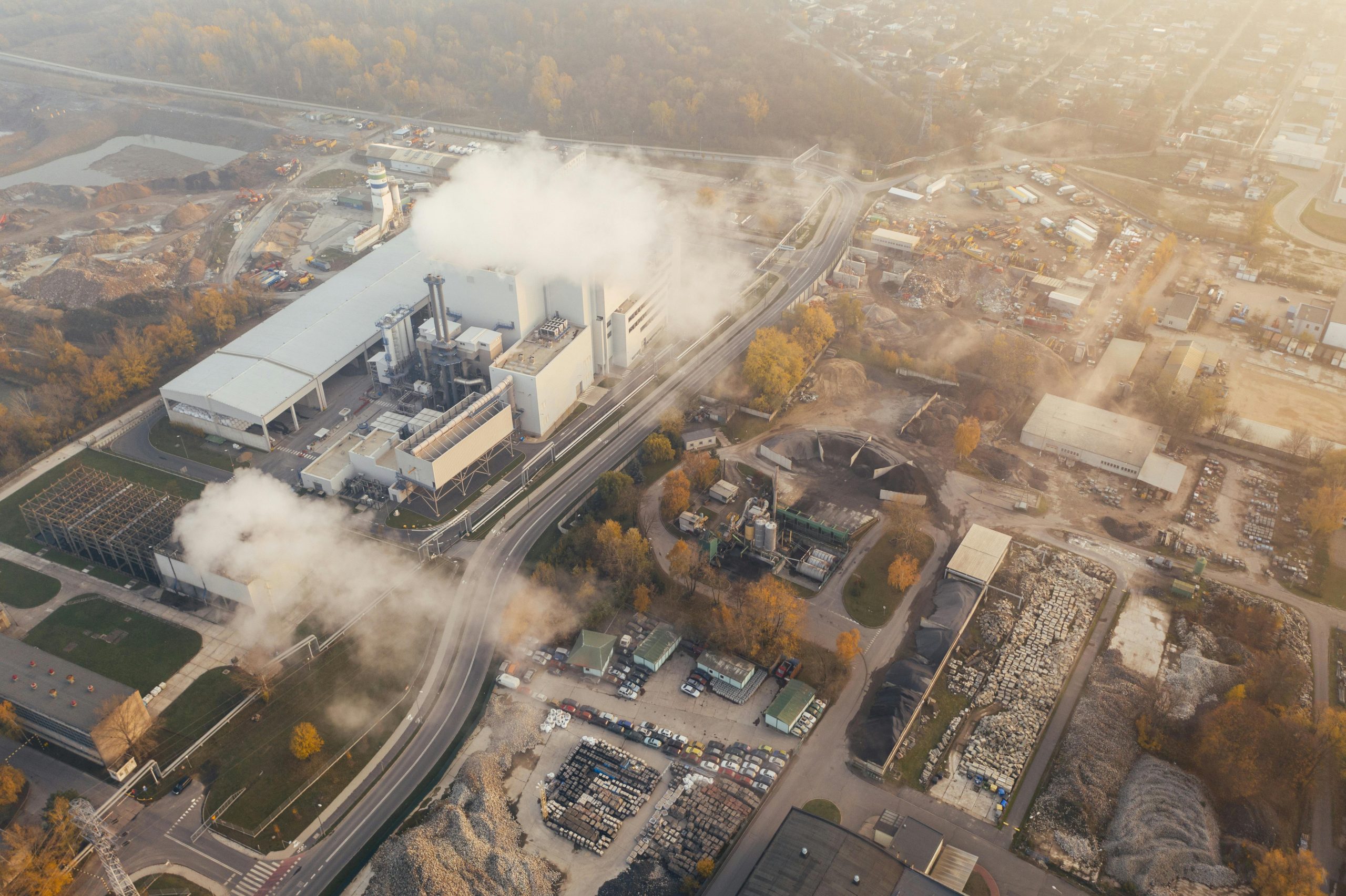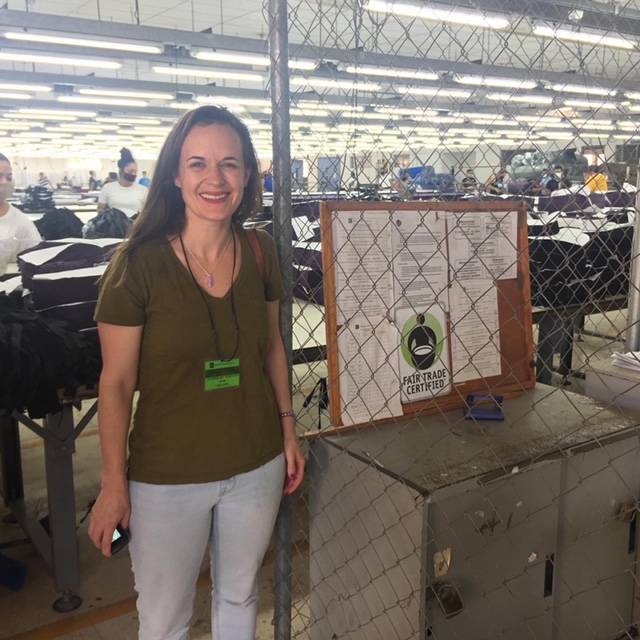Breaking Down Climate Denialism: Old vs. New

[apss-share]
When it comes to climate change denialism, the game has changed. Gone are the days when skeptics flat-out denied the existence of global warming. These days, denialism has taken on a new, sneakier form. But what exactly is the difference between old denialism and new denialism?
Old Denialism: “Climate Change? That’s Not Real”
Old denialism was simple: people just refused to believe the planet was warming due to human-driven activity. It was all a hoax, right? Back in 2015, U.S. Senator James Inhofe famously brought a snowball into Congress to “prove” that global warming wasn’t happening because, well, there was snow outside.
Old denialism often leaned on disinformation backed by powerful fossil fuel interests. Researchers Riley Dunlap and Aaron McCright explain that climate denialism is supported by well-organized efforts funded by fossil fuel companies and conservative groups. “Institutes provided funding for individual contrarian scientists, conservative think tanks active in climate change denial, and a host of front groups…”[i] This approach sowed doubt in the public mind for years, despite overwhelming evidence from scientists. Thankfully, most people today accept that climate change is real. But that doesn’t mean denialism is gone – it’s just changed form.
New Denialism: “Sure, Climate Change is Real, But the Solutions Won’t Work”
New denialism doesn’t deny the reality of climate change; instead, it focuses on poking holes in the solutions. Wind energy? Too dangerous for birds. Electric cars? They’ll destroy the environment! These arguments create confusion and make people think that fighting climate change is too difficult or ineffective.
With wind energy, for example, critics often say wind turbines are bad for birds. But here’s the thing: coal and oil are much worse. A study by Benjamin Sovacool found that fossil fuels kill far more birds than wind turbines ever will – thanks to habitat destruction, pollution, and climate impacts.[ii]
New denialism also casts doubt on the very science behind climate action. Naomi Oreskes and Erik Conway, in their book Merchants of Doubt,[iii] highlights how a small group of scientists strategically cast doubt on established science, making it seem as though the evidence for climate change wasn’t reliable. This new form of denialism is subtle but dangerous – it makes people question the solutions without offering better alternatives.

Recent Posts
A New Denialism Playground: Social Media
Old and new denialism both thrive in today’s social media landscape, where misinformation spreads quickly. Joachim Allgaier’s study on YouTube videos[iv] revealed that strategically distorted climate communication is rampant, making it harder for people to know what’s true and what’s not. Social media has become a battleground where denialists spread their message by exploiting people’s fears and doubts.
Whether it’s memes exaggerating the negative impact of electric vehicles or videos questioning renewable energy, social media plays a major role in keeping climate denialism alive. And since algorithms often prioritize sensational content, the most misleading stories tend to spread the fastest.
How We Can Fight Back
The best way to combat both old and new denialism is to stay informed and engage critically with the information we see. Remember that the overwhelming majority of climate scientists agree that human activities are causing global warming. This consensus is a solid foundation, even when denialists try to make the science seem shaky.
Nate Hegyi, the host of the Outside/In podcast, explained it well on Guilty Greenie: “It’s important to critically examine solutions, like electric vehicles or wind energy, but not to dismiss them entirely.” Skepticism can be healthy, but it needs to lead to improvement, not paralysis. We can still take action even if no solution is perfect.
Ultimately, it’s about cutting through the noise and staying focused on credible, evidence-based information. And while denialism thrives on confusion, there are great tools and resources to help you sort fact from fiction. Websites like Climate Feedback and Skeptical Science are excellent for fact-checking climate claims and debunking misinformation. Additionally, engaging with reliable sources, like the Intergovernmental Panel on Climate Change (IPCC), can also keep you informed on the latest scientific consensus. By using these resources and staying vigilant, we can continue pushing for real, impactful solution.
[i] Dryzek, John S., Norgaard, Richard B., and Schlosberg, David, eds. The Oxford Handbook of Climate Change and Society. (Oxford: Oxford University Press, Incorporated, 2011). 148
[ii] Sovacool, Benjamin K. “The Avian and Wildlife Costs of Fossil Fuels and Nuclear Power.” Journal of Integrative Environmental Sciences 9 (4): 2012. 255–78. doi:10.1080/1943815X.2012.746993.
[iii] Oreskes, Naomi, and Conway, Erik M.. Merchants of Doubt : How a Handful of Scientists Obscured the Truth on Issues from Tobacco Smoke to Global Warming. (London: Bloomsbury Publishing Plc, 2012).
[iv] Allgaier, Joachim “Science and Environmental Communication on YouTube: Strategically Distorted Communications in Online Videos on Climate Change and Climate Engineering.” Frontiers in Communication, vol. 4, (2019) doi.org/10.3389/fcomm.2019.00036.

























